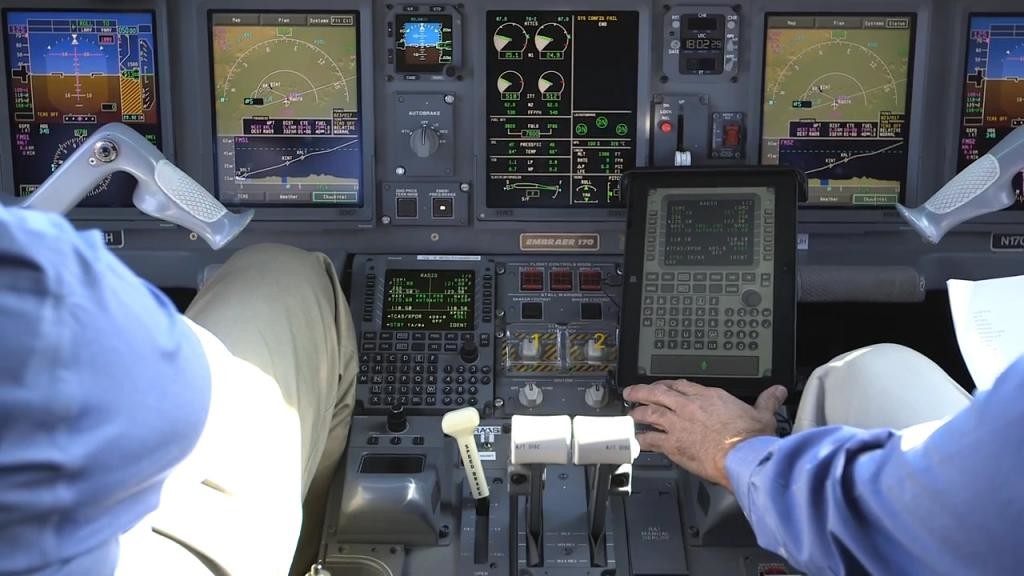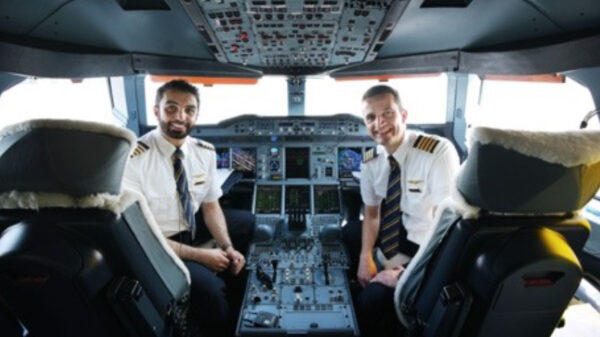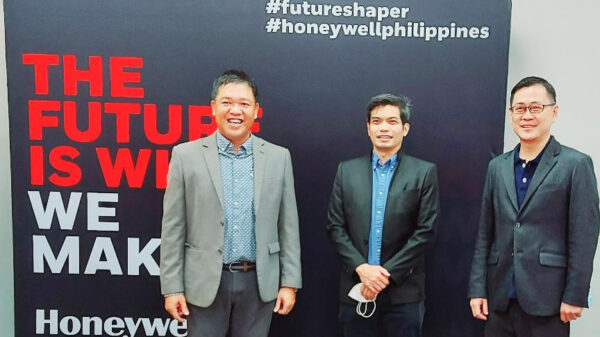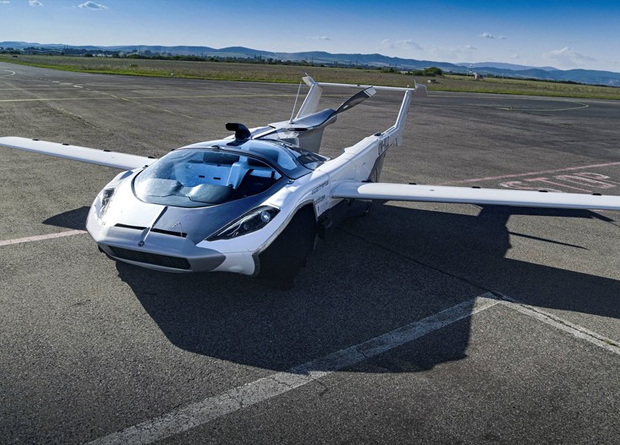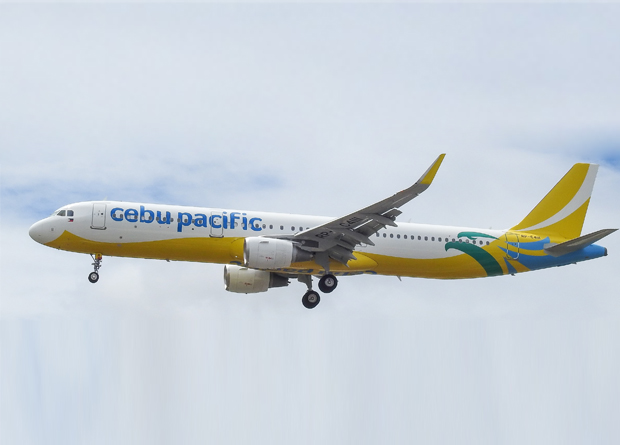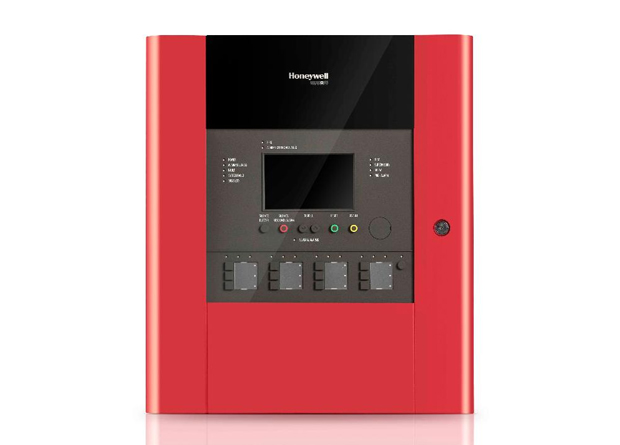While airlines are working hard to update the cabin with Wi-Fi, touchscreens, tablets and even media streaming servers, the cockpit still remains relatively the same as it was 20 years ago. Very analog-heavy with nobs, switches and more.
Honeywell Aerospace has begun testing voice recognition inside aircraft cockpits, using a recently developed rapid prototyping system that allows emerging technologies like voice recognition control to more easily integrate into flight decks.
The Honeywell Innovative Prototyping Environment (HIPE) lets pilots operate a traditional multipurpose control display unit from a tablet interface to incorporate new concepts.
This new testing system makes it easier to take emerging technology into the field sooner.
Honeywell is currently using HIPE to flight test voice recognition on an Embraer ERJ170 aircraft, and is working with pilots and customers to assess its usability, safety and efficiency in real airborne scenarios. This advanced engineering and testing will more rapidly make voice recognition in cockpits a reality.
Voice recognition will be a huge advancement in the cockpit because speech can eliminate many manual steps required to execute a command thereby decreasing workload and allowing a pilot to focus on flying safely and efficiently. Voice can be especially helpful in the cockpit when calling up infrequently used commands or menus, for which the crew might otherwise spend significant time searching. HIPE is a core part of the Honeywell User Experience, an end-user-driven design approach for developing intuitive technology, and is key to testing next-generation concepts such as voice recognition.
Here’s a video showing how Honeywell is using a tablet environment called HIPE to test out how voice can be used in the cockpit to help pilots be more efficient.
So, buckle up and get ready for a voice-controlled flight.




















































































